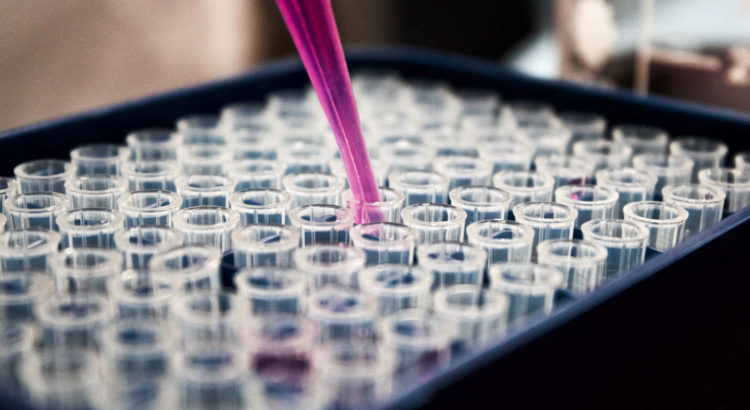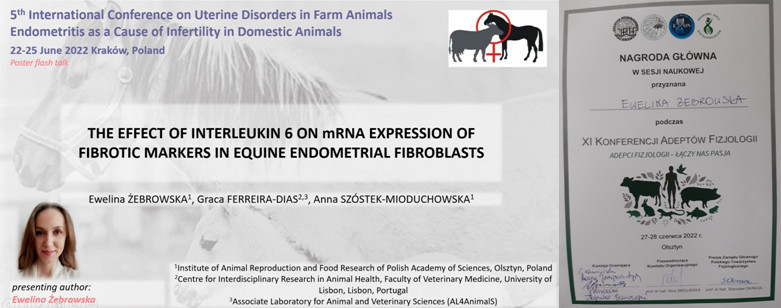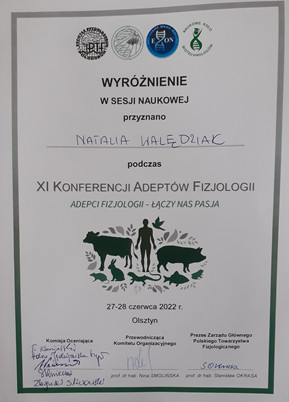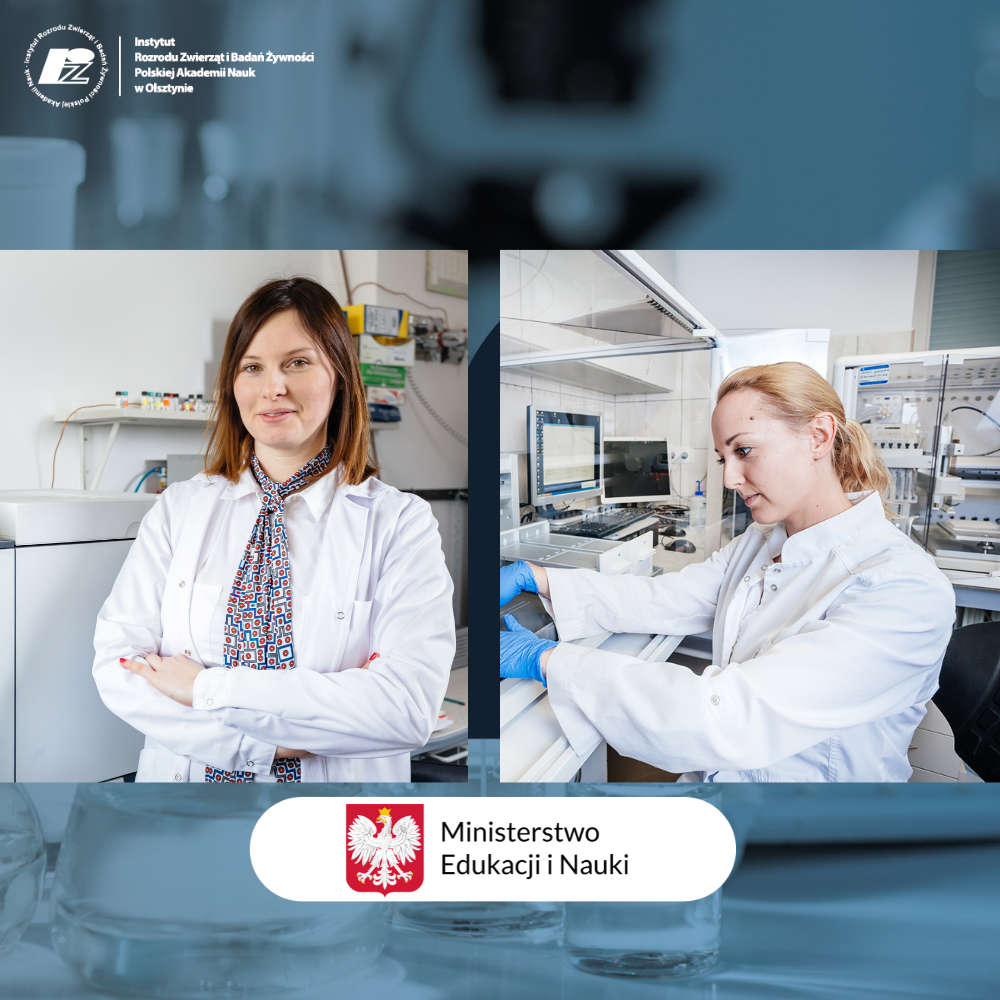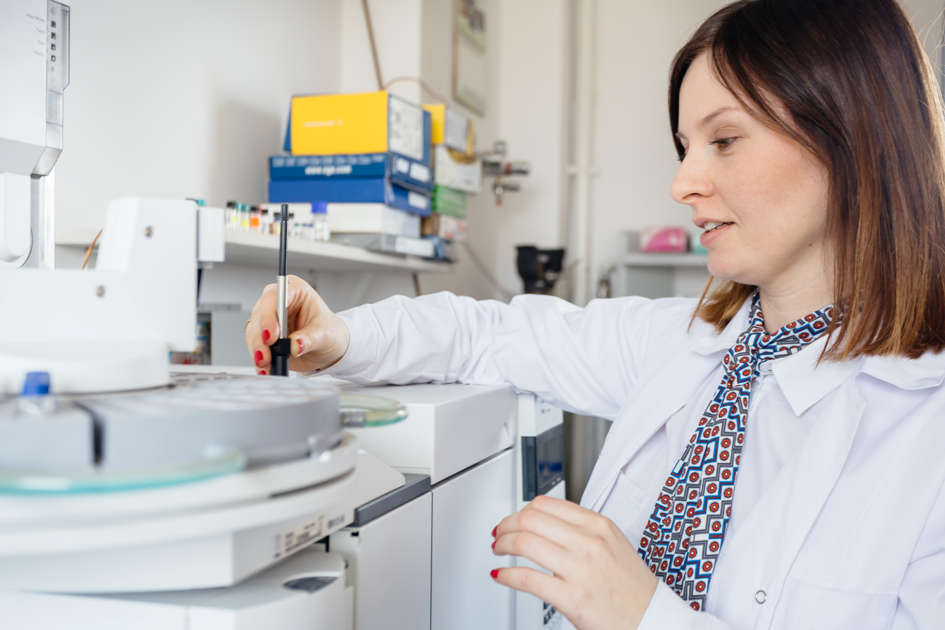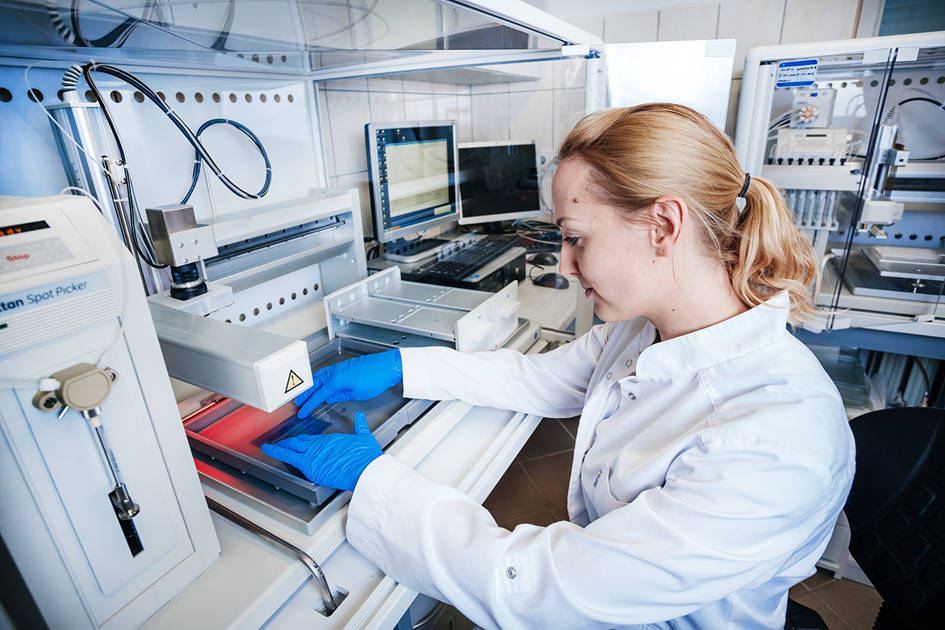
This year marks the 30th anniversary of the publication of the Polish Journal of Food and Nutrition Sciences by our Institute. The occasion for celebration is all the more significant because the journal has achieved the new highest-ever impact factor in two major bibliographic databases!
Polish Journal of Food and Nutrition Sciences (PJFNS) is number 1 in the Polish food science journals category. Its highest impact factor confirms this in two major bibliographic databases – Scopus and Web of Science Core Collection. PJFNS is a quarterly journal published by the Institute of Animal Reproduction and Food Research of the Polish Academy of Sciences in Olsztyn since 1992. The Editor-in-Chief of the journal since 2018 is Dr. Magdalena Karamać from the Department of Chemical and Physical Properties of Food. This function was performed by prof. Adolf Horubała, prof. Ryszard Amarowicz and prof. Henryk Zieliński, respectively. Joanna Molga has been the Secretary of the Editorial Office since 1997.
Number 1 among Polish food science journals
The origins of PJFNS date back to 1957, when Rocznik Chemii I Technologii Żywności (Yearbooks of Food Chemistry and Technology) was established (published in Polish), which changed to Acta Alimentaria Polonica in 1974 and was published by the Warsaw University of Life Sciences until 1991. The journal was taken over by the Institute of Animal Reproduction and Food Research of the Polish Academy of Sciences in Olsztyn. It changed its name to the Polish Journal of Food and Nutrition Sciences. It is worth noting that the journal has been published in English since 1974.
„We want to publish high-quality peer-reviewed scientific papers describing research in food and nutrition sciences. We publish all papers in open access – our goal is to reach as many readers as possible,” – Dr. Karamać says.
Since 2003, the full texts of the publications have been made available to readers free of charge in a digital form on the website. Articles are published on a rolling basis (when approved by reviewers and editors) and are collected every three months into the publication’s next issue. About 30 people work on each case. Manuscripts arriving at the editorial office are assigned to one of four sections: Food Technology, Food Chemistry, Food Quality and Function, and Nutrition Research.
„Each section is managed by 2-3 editors, responsible for the substantive quality of published articles. We can boast that this is an international group representing renowned scientific centers: two scientists from Italy, one from Switzerland, Turkey, France, Brazil, Canada, and three Poles. The editors are elected on a term basis for four years, and we take great care to ensure they are world-class scientists. This is because the scientific standing of the departmental editors translates into the quality of the published papers” – Dr. Karamać adds.
The author of the paper’s manuscript is submitted in person through a unique online system. It undergoes an initial evaluation by the editor-in-chief – the most important thing is to check whether the article fits into the journal’s scope, whether it has an appropriate layout, up-to-date references, etc. All guidelines for the authors are posted on the website. The pre-approved paper goes to departmental editors, who appoint reviewers and are responsible for following up on the article. The reviewers are mainly members of the journal’s scientific council (a total of 21 scientists) and a group of experts constantly working with PJFNS. The approved and reviewed paper goes back to the author for revisions. It goes to the publication department when it is accepted before the departmental editor and the editor-in-chief.
Unfortunately, it is not easy to get through the editorial sieve. Approximately 85% of the manuscripts submitted to the PJFNS editorial board are rejected, mainly due to subject matter mismatches, although inadequate language preparation and factual errors are also standard. Approximately 350-400 scientific papers are submitted annually to the PJFNS editorial board, and only 36 are published.
Record Impact Factor
PJFNS boasts high citation indexes IF (Impact Factor) and CiteScore, which are indicators of the prestige of scientific journals. A key element was obtaining indexation in bibliographic databases of scientific journals that calculate these indices.
„The two main reputable databases in which we sought indexing from the beginning were Scopus and Web of Science Core Collection. Our first numbers went into Scopus in 2009. – After two years, our CiteScore was rated at 0.3. In 2020, it was already 3.7, and in 2021. 4.2, which is a record as far as Polish food science journals are concerned. These values depend on the number of citations of recent articles published in PJFNS. Two more Polish journals in the food science category are indexed in this database, but they are rated lower than ours. The second database – Web of Science Core Collection – is even more difficult. We succeeded in 2012. After two years, we counted the first IF citation index, which was unexpectedly high: 0.643. In 2016 it was already 1.276 and in 2020. 2.111, and in 2021 we recorded a jump to 2.736. We are the only Polish journal in the food science category to be listed in this bibliographic database.” – Dr. Karamać adds.
Based on the Web of Science Core Collection citation indices, a list of the world’s leading journals is announced annually – to be on it is a great success. PJFNS wants to stay among the world’s top journals and climb the rankings. That’s why it is constantly evolving and following global trends. Recently, the platform on which scientific papers are published (Journals System) was changed, giving many new options. It is possible to link authors directly to databases (e.g., ORCID, Scopus, Publons), so you can get information about a person’s publishing activity and check other articles linked to her/his name with one click. In addition, active links to references used in essays are provided on the PJFNS website. The reader can quickly and easily reach cited publications that have DOI identifiers. Our articles also integrate with the CrossRef database assigning these identifiers. Papers are much more interactive today.
„It is worth publishing in PJFNS. Our associate editors are excellent scientists, we have a steady pool of vetted reviewers, and more and more authors return to us. This builds the high quality of the journal. We are growing all the time and want to increase this pace even more” – Dr. Karamać concludes.

